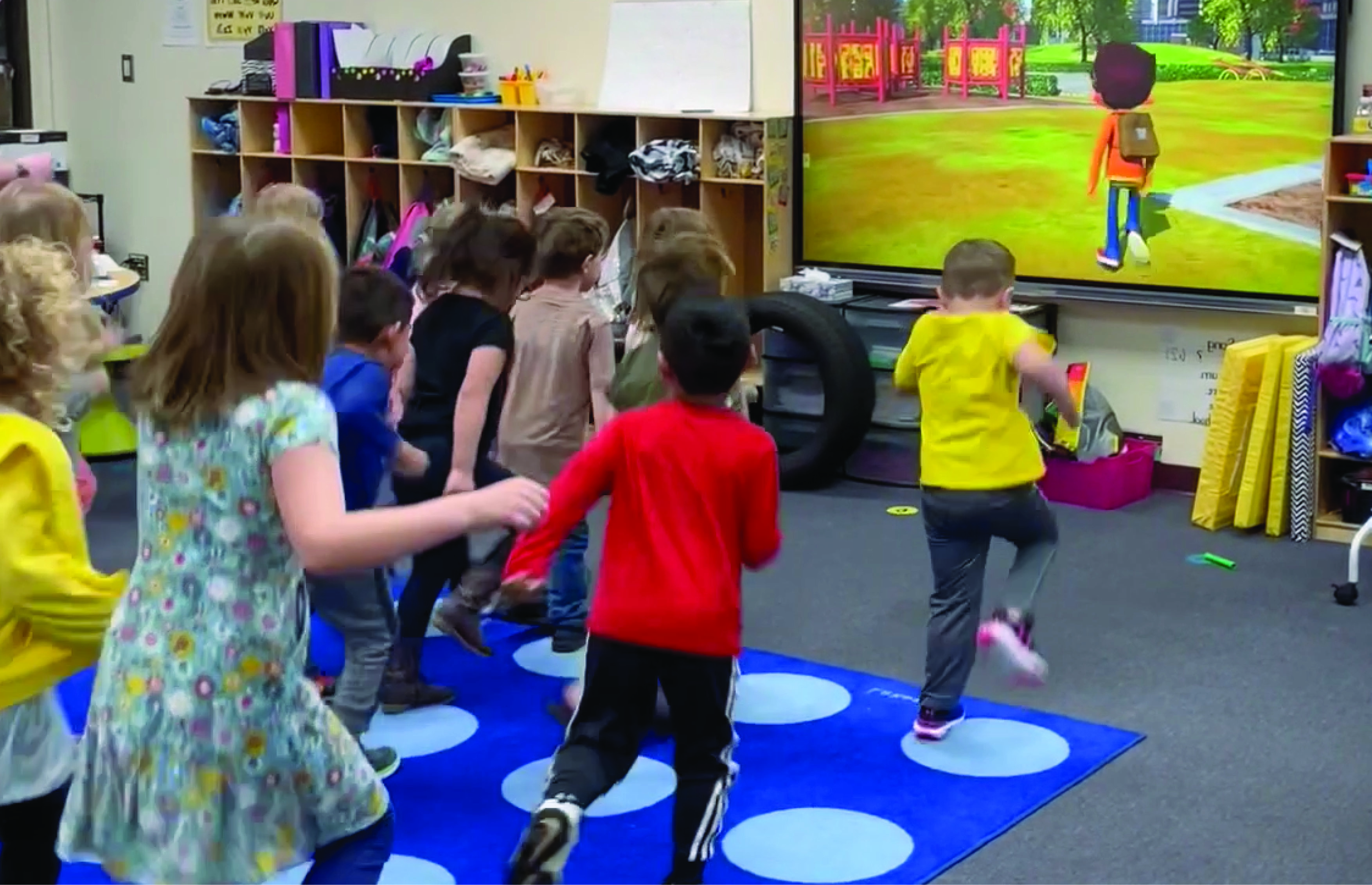
Digital Learning
Technology is a growing part of every classroom, both as a tool for teachers and as a tool for students. Leveraging new programs, apps, and websites can make learning fun and can help with students’ retention of material. Switching up lesson plans also allows a break from the traditional curriculum. However, in order for technology to benefit all students, schools must work toward digital equity in education.
A recent article from the Hechinger Report talks about a divide within the classroom. “The traditional educational system was designed to ‘sort’ students, expecting some to succeed and others to fail, and that such a system favored children from more advantaged backgrounds.” Technology has the power to heighten learning but can further widen the gap by creating a digital divide if technology is not available to all students.
BENEFITS OF DIGITAL EQUITY
When all students have access to the same digital materials, there are major educational benefits.
A Lighter Load. When students can take home digital assignments, they no longer have to lug around heavy textbooks.
No More Snow Days. Widespread access to the internet could make it easier for students to complete assignments online without the need to attend class in person. As a result, students can work on assignments at home when dangerous weather conditions keep students away from the classroom.
More Variety in Lesson Plans. With all the technological tools available for teachers, they can select those that their students best respond to. Educators can teach a topic in a variety of ways instead of the classic lecture approach.
Personalized Learning. Technology allows teachers to adapt activities to individual students, helping students learn more quickly and/or reinforcing problem areas.
Better Home-School Communication. Access to technology can allow teachers and parents/guardians to communicate better. Parents no longer have to rely on notes sent home in backpacks. Teachers can use email, chat, or other digital learning platforms that allow parents to access up-to-date information on assignments, grades, and events.
Tech-Savvy Students. Children learn to be competent and confident with the digital landscape available to them and more comfortable with the ever-evolving technological advances. This familiarity with online platforms and technology, in general, can open doors and put students in better positions for future learning and job opportunities as adolescents and adults.
ROADBLOCKS TO DIGITAL EQUITY
In 2015, government officials began discussing the importance of digital equity through the Digital Learning Equity Act introduced in Congress. The bill amends the Elementary and Secondary Education Act of 1965 “to establish a digital learning equity demonstration program that awards grants for developing, implementing, and evaluating strategies and methods to increase students’ home access to the Internet and digital learning resources.”
Lawmakers understand the benefits of digital equity but also acknowledge the need to make strides in bridging the gap to provide home internet access to all students. Together, educators are beginning to discuss how to provide their students with technological opportunities and are working toward a day when the United States can claim digital equity in education.




